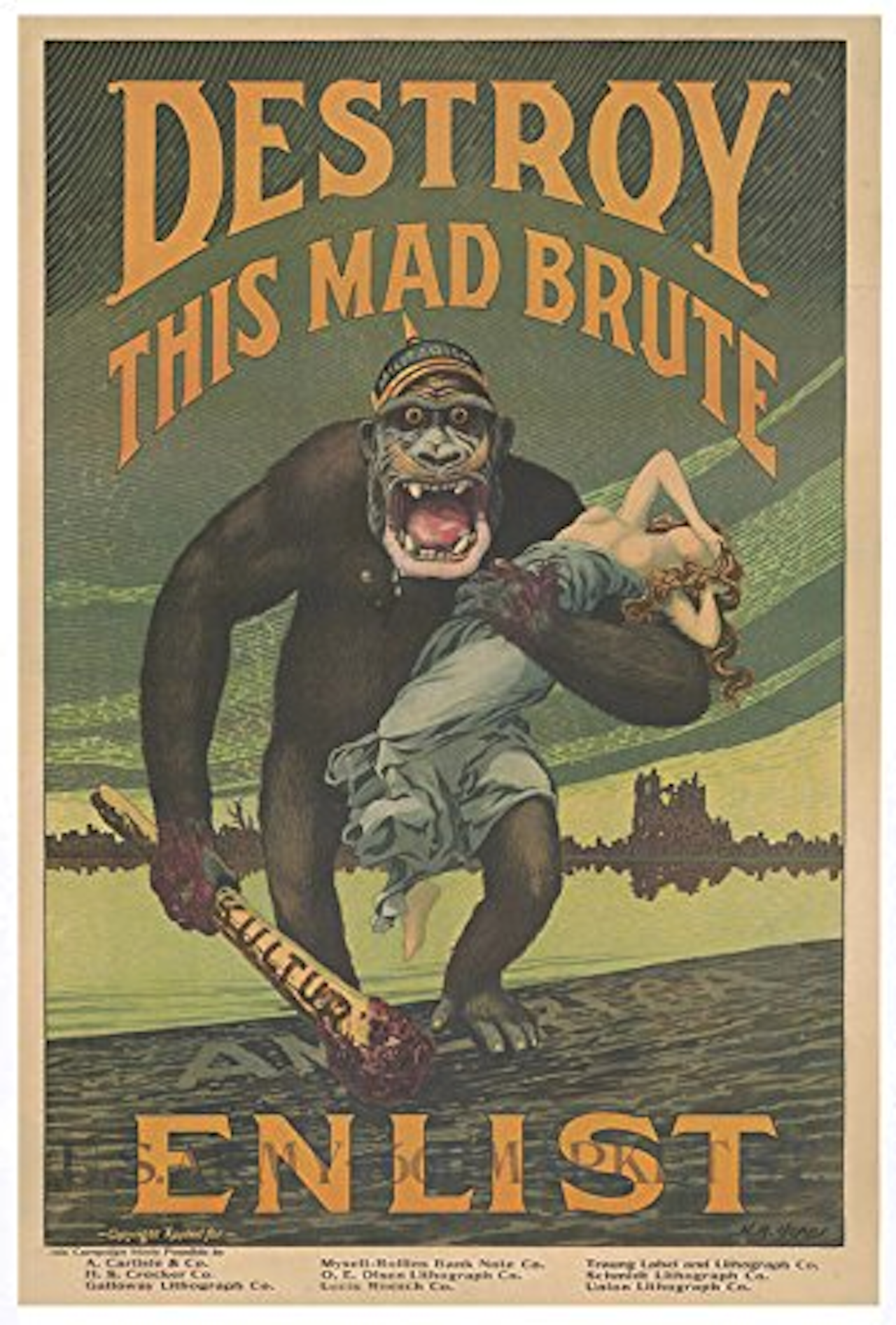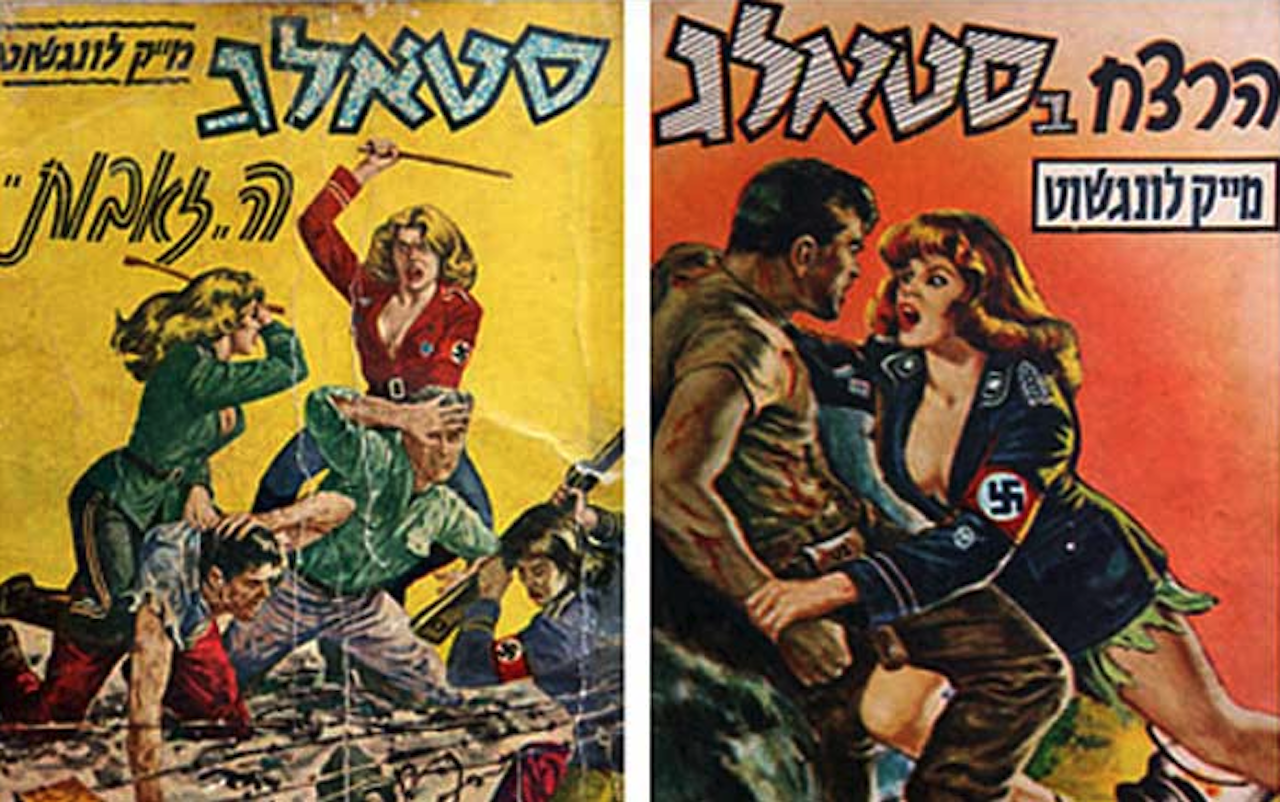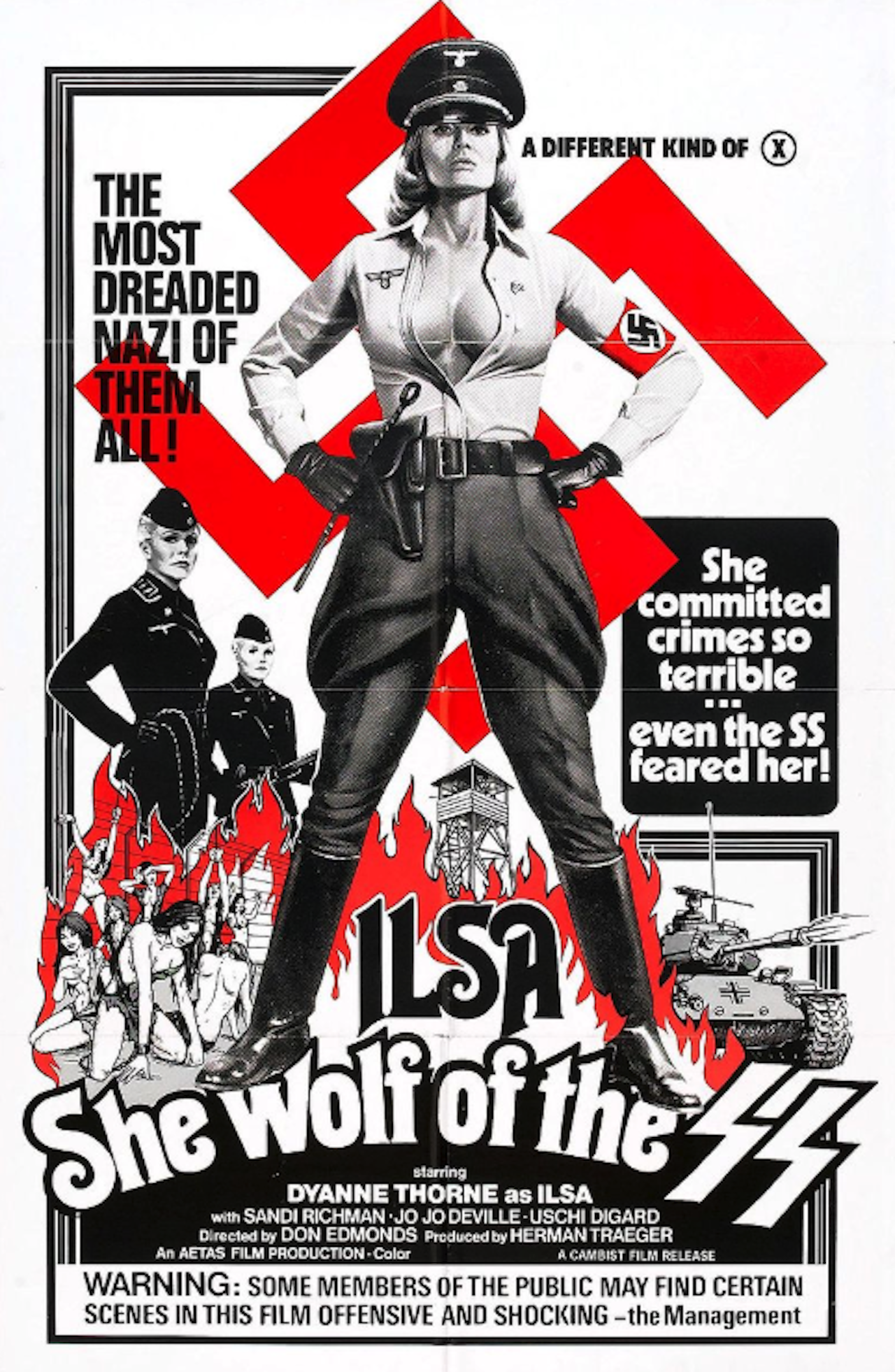Last week, a Customs and Border Patrol officer named Kiara Cervantes rocketed to social media fame after she was photographed staffing Vice President Mike Pence’s July 12 tour of a “sweltering, foul-smelling and overcrowded” Texas Border Patrol detention center. As Wired reported in its rundown of what has come to be known as the “#IceBae meme,” a “user found the image sexy, and shared it. Other users followed suit, and soon #IceBae — the most 2019 of thirst hashtags — was born.” The replies have been as cursed and thirsty as you’d expect. Seemingly taken aback by all the attention, Cervantes made a Twitter account (with 68,000 followers as of this writing) and has posted videos verifying her identity and thanking her fans.
The public fixation on Cervantes has been loudly decried, with critics saying her admirers must be suffering from “unimaginable levels of horny” to be salivating over her, given her apparent lack of scruples in regards to CBP’s murderous inhumanity or her part in it. But despite the widespread shock that some are holding up Cervantes as a sex symbol, there is actually nothing unimaginable or unprecedented about the guard and her (hopefully just 15 minutes of) social media fame — the ICE Bae meme is the latest in a long tradition of erotic representations of fascism, often taking the form of what I call the Hot Nazi.
Sexualized fascist imagery, according to cultural critic Laura Frost in her book Sex Drives: Fantasies of Fascism in Literary Modernism, has its roots in Allied WWI propaganda that cast German authoritarianism as sexually deviant in order to stoke opposition to Kaiser Wilhelm II’s reign. In this explicitly anti-authoritarian context, the enemy was cast as sexually threatening, often by showing German authoritarianism as a rabid beast (as in this King Kong-like depiction featuring a menacing ape absconding with Lady Liberty) or by otherwise invoking the specter of sexual violence (as in this poster comparing England, where “our mothers & wives safe,” to Belgium, where “women are murdered & worse”).
In WWII and its aftermath, this construction of the sexually dangerous German authoritarian morphed into a fictional archetype — the Hot Nazi. The Hot Nazi is the sexually attractive but cruel and cynical SS officer who enjoys or otherwise benefits from their status as a Nazi, often abusing prisoners for personal gratification. The Hot Nazi amplifies the existing sex appeal of the SS, an elite fascist military force that, Susan Sontag writes in her essay “Fascinating Fascism,” was designed to be “supremely violent but also supremely beautiful.” While Hot Nazis can be either men or women, the most violent, egregious, and iconic Hot Nazis tend to be women. This offers the opportunity for the beleaguered Allied male protagonist to ultimately reinforce a patriarchal state of affairs through his violent subjugation of the female Hot Nazi.
The female Hot Nazi likely makes her first appearance in early 1960s Israeli pornographic stalag novels, which depicted buxom, blonde Nazi dominatrixes inflicting erotic torture on American or British prisoners of war until the prisoners’ inevitable revolt in which they raped and/or killed their torturer (“stalag” is the German term for a prisoner-of-war camp). The wildly popular novels, with titles like “I Was Colonel Schultz’s Private Bitch,” were presented as translations of real accounts from English-speaking prisoners. According to the 2008 documentary by Ari Libsker, Stalag, they were the most pervasive form of pornography in 1960s Israel until the Israeli government banned the entire genre.
Stalags sprang into existence during the trial of of Nazi boss Adolf Eichmann in Jerusalem, which was one of the first public reckonings with the trauma that so many of Israel’s Jewish residents had survived (it is estimated that half of all Jews in Israel were Holocaust survivors at that time). Although the genre was dismissed by “respectable” society as vulgar pornography, Stalag argues that one can often read in pornography a uniquely straightforward disclosure of cultural anxieties and desires. The stalag phenomenon germinated under the pressure of repressed memories of the Holocaust that were fraught with pain, shame, and guilt that was heightened by the public perception that “only the cruel survived” the Holocaust by dint of heinous moral transgression.
Given the ubiquitous and unspoken nature of the trauma of the Holocaust and widespread conservative attitudes towards sex and sexuality in 1960s Israeli society, it makes sense that some aspect of popular culture would take up these lurid and forbidden topics. In Stalag, LIbsker, himself a grandchild of survivors, notes that children of Holocaust survivors made up a significant portion of stalags’ readership, and that the pseudonymous author credited with launching the genre was also a child of survivors. However pornographic or tasteless, stalag novels in retrospect appear to be a collective attempt to process or defend against trauma.
Is this what’s going on with ICE Bae? Is she the product of public desperation for any kind of escape from the grinding inhumanity of federal immigration policy? Is it possible that part of ICE Bae’s appeal is rooted in a desire to process/make sense of/neutralize our horror? As Dagmar Herzog, a history professor at the City University of New York and a scholar of fascist sexual politics, writes in her book Sex After Fascism: Memory and Morality in Twentieth Century Germany, does eroticizing fascism “amplifi[y] violent porn’s more general function of allowing viewers to master in fantasy matters that would otherwise be deeply unsettling and threatening”? What happens when we eroticize what scares us — catharsis? Indifference? Normalization of the terror?
But maybe our affair with ICE Bae is nowhere near as emotionally profound as an attempt to process trauma. Maybe part of her viral appeal is the taboo nature of being turned on by someone enacting such a cruel process.
If so, ICE Bae’s most immediate historical echo may be in the Hot Nazis of Nazisploitation films, a genre most popular in Italy and the U.S. in the ‘70s and ‘80s. Nazisploitation films, generally low-budget productions that were poorly written, acted, and shot, attempt to capitalize on the human interest in transgressive behavior to fetishize, trivialize, and sexualize both concentration camp torture and the torturers themselves.
In the far corner of ICE Bae discourse, Cervantes has been compared to Ilsa, the title character of the Nazisploitation film Ilsa: She Wolf of the SS, who may be the mother of all Hot Nazis. Played by actress and Playboy model Dyanne Thorne, blonde Ilsa is the sadistic and insatiable doctor-turned-kommandant of a Nazi camp whose SS uniforms conveniently display her large breasts and slim figure.
Ilsa tortures naked women to see if they have a superior pain tolerance compared to men and rapes and castrates men in her (admittedly relatable) quest for a sex partner who won’t orgasm before she does. Ilsa is heavier on gore than many other Nazisploitation films, but it features other characteristics endemic to the genre such as several sequences of softcore simulated sex, which are, considering the films’ depraved premises, rather conventional and boring.
We have no evidence of Cervantes being exceptionally cruel or sadistic — she herself says she is “respectful” and “kind.” But would she have captured our attention if she hadn’t first been photographed in her CBP uniform, literally doing fascism? As with Ilsa, her sensational identity is premised not on being a hot woman, but a Hot Nazi.
Sooo it’s too long for Twitter... second part coming. pic.twitter.com/4yanfdDdDQ
— Kiara C (@kiarace24) July 17, 2019
It’s not coincidental that ICE Bae has captured our attention during a public reckoning with the evils currently being committed inside government-run concentration camps. She is a reminder of the sexual politics foundational to fascism, based on a strict hierarchy of acceptable bodies where those at the bottom are subject to horrific state violence, which are why these camps exist in the first place. ICE Bae’s admirers fawn over her beauty in photos that physically juxtapose her with migrant men in cages who are vilified as drug dealers, rapists, and gang members.
One of the lessons of the Hot Nazi, according to Frost, is that “Fantasy is not necessarily coherent, politically useful, or instrumental.” From her perspective, the Hot Nazi can show us “that politics and fantasy are [not] necessarily consistent.” The archetype acknowledges a very real tension between sexual desires and political ideals without providing resolution. Although desire doesn’t necessarily hew to political imperatives, it doesn’t come from or exist in a politically neutral place. Our ideas about who or what is desirable are a product of our social and political context.
While the Hot Nazi can serve a variety of political purposes both pro- and anti-fascist, ICE Bae illuminates the sticky web of connections between pleasure and evil and, as Herzog writes, “treat[s] everyone as a potential collaborator with fascism.” Do we collude with fascism simply by finding Cervantes sexually attractive, given that that attraction is inseparable from the politics of her job with CBP? If we fail to recognize how her attractiveness depends, in part, on the racialization and dehumanization of the people she cages, we reify both those cages and the perceived inhumanity of the people inside them.



